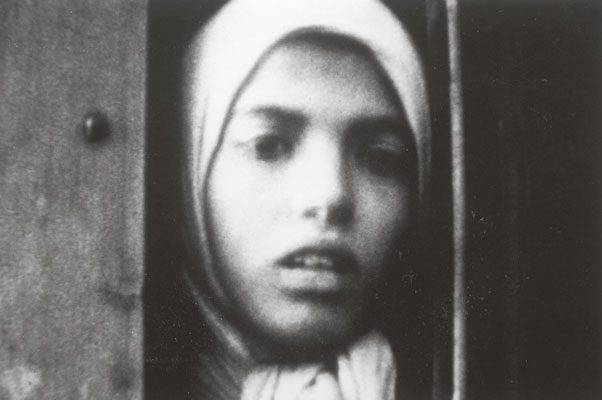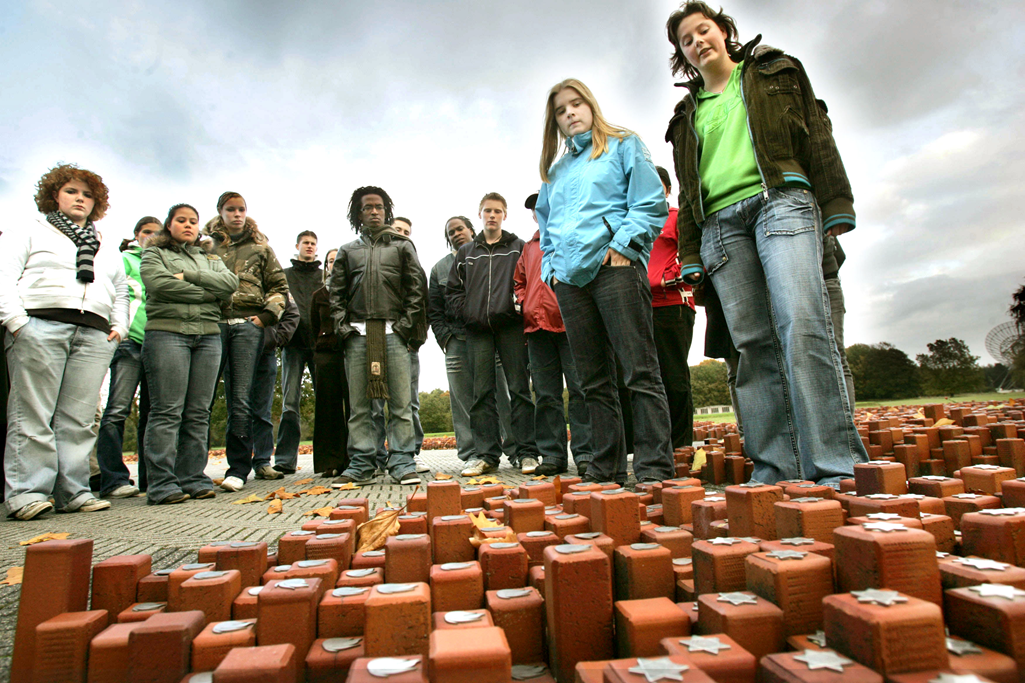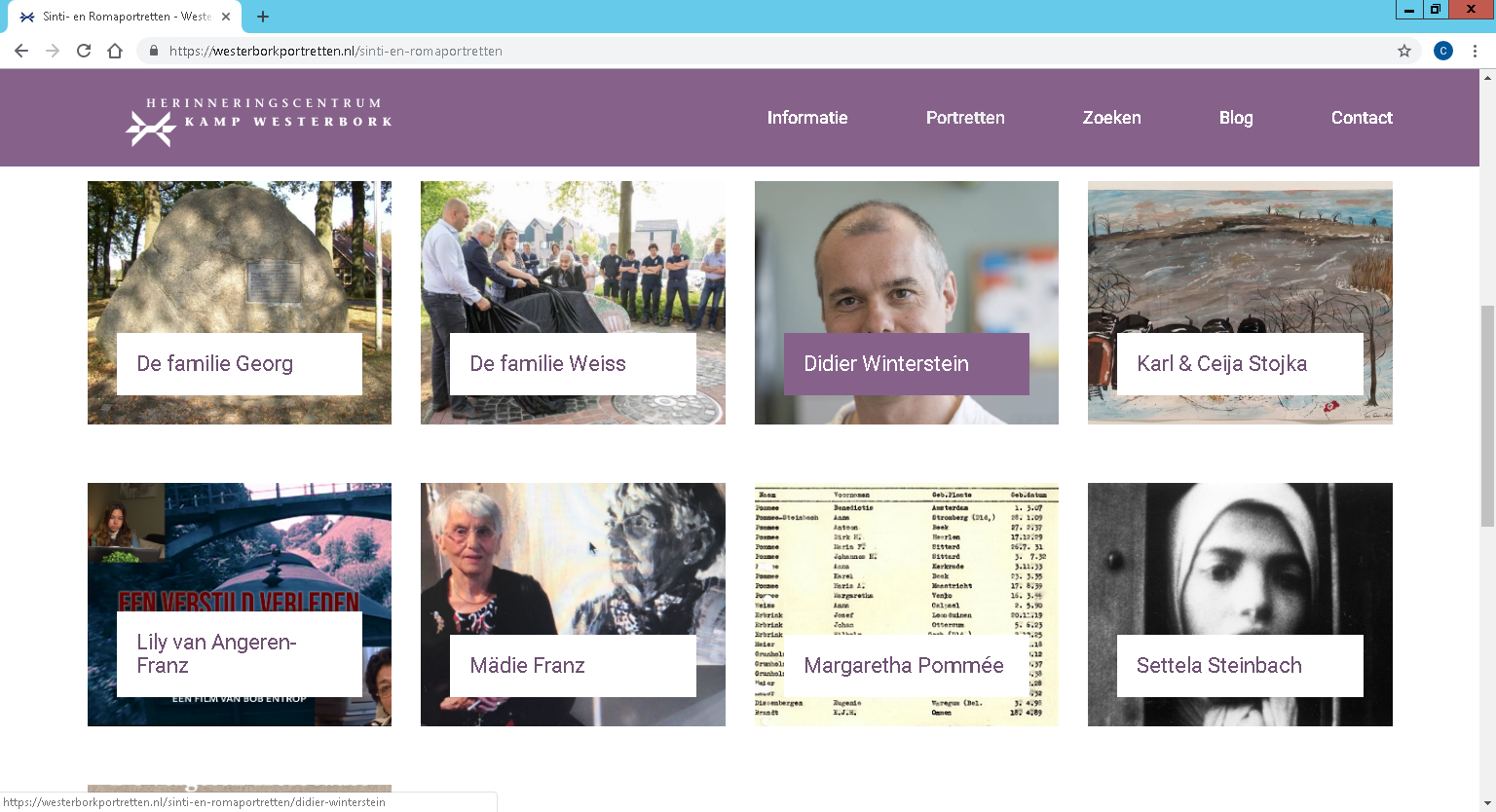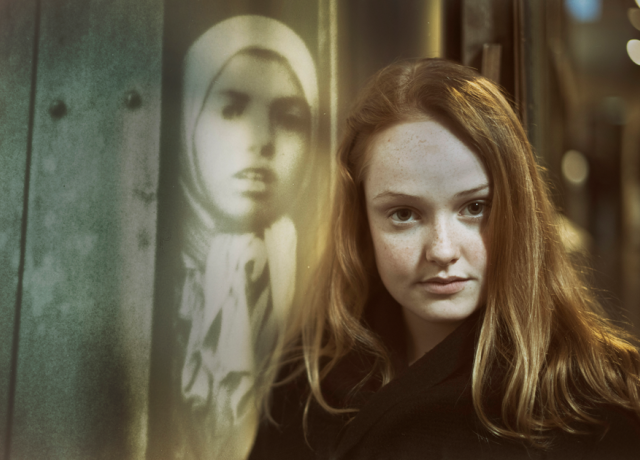History Revisited: Settela, the Story of Sinti and Roma in Camp Westerbork
History Revisited: Settela, the Story of Sinti and Roma in Camp Westerbork
European Heritage Stories, now in its second edition, continues to spark interest among local communities and cultural heritage enthusiasts. Designed to celebrate the people behind European Heritage Days programme and the individual narratives that make up our European cultural identities, EHS provides a platform to share our heritage stories. By developing the stories into specific projects with the support from the Council of Europe and the European Commission through the European Heritage Days programme, the narrators are also contributing to the development of the communities involved.
As the 2019 edition of the project is in full swing, and the final selection of the stories is yet to be made, we are highlighting another one of the ten selected European Heritage Stories for 2018.
Settela, the Story of Sinti and Roma in Camp Westerbork in the Netherlands, focuses on the historical narrative of the persecution and mass murder of the minorities in the World War II. Alongside commemorating the victims and putting the story in the historical narrative of Europe, the project also addresses the social, economic and cultural position of the minorities in the post-war Europe. Highlighting the issue of Anti-Romanyism (‘Antigypsyism’) the story developed into a project, striving towards a better understanding of the minorities. It also speaks of discrimination and proposes a more inclusive treatment of the largest minorities in Europe with respect to human rights and shared values.
Historical Background

The story was named after a girl, Settela Steinbach, one of the 245 Sinti and Roma who were deported by the Nazis from Westerbork camp to extermination camp Auschwitz-Birkenau on May 19th 1944. The last photo of the 9-year-girl became a symbol of the Holocaust in Europe. Camp Westerbork, the story of murder, taking place 102 000 times, remains a tangible memorial for the 245 out of the thousands of Sinti and Roma victims in the Netherlands. A seven-second video recording shows the train with 245 Sinti and Roma leaving the station in Westerbork on May 19th 1944.
The Project
On 19 May 2019, 75 years later, the Memorial Centre Camp Westerbork organized a National Commemoration on the site. The event, with thousands of participants from the Roma and Sinti communities, local communities and national audience who watched the commemoration via National Television, presented one of the final steps of the project made possible by the European Heritage Stories Grant.

Alongside collaboration and dialogue between different participants in the project, some of the most important reached objectives include the following:
- Educational Program I: Forgotten stories. Sinti and Roma as part of the narrative of the Holocaust in the Netherlands
The Programme involved pupils of six different schools allowed the creation of portraits of Sinti and Roma victims in the Netherlands in the period between 1940 and 1945. The portraits are displayed on the dedicated website, in the exhibition ‘Opgejaagd’ and at the Memorial Centre Camp Westerbork. Some of the portraits were a part of the Commemoration programme. The programme included the educational experience for students about the minorities as victims of the Second World War persecution.

- Educational Program II: personal stories of Sinti and Roma in the classroom
As a part of the same programme, Roma and Sinti representatives visited schools and talked about issues of discrimination and social injustice they are still facing today. The ‘forgotten history’ of the persecution of the Sinti and Roma minorities was brought closer to the students by the lecturers who broke the silence, generally connected to the Sinti and Roma beliefs regarding speaking about death. Active discussions, portraits, music and literary pieces were generated as a result of the stories.
Legacy of the Project
The project sparked interest among the participants and created opportunities for future development. A number of projects involving pupils from the participating schools will be organised throughout the 2020 commemoration programme dedicated to the end of World War II. Routes, apps and various presentations in public places are being developed for this occasion.
The talks between Roma and Sinti representatives and pupils demonstrate the true legacy of the project. The dialogue serves to educate future generations of the historical narrative of the victims of the Nazi persecution. Moreover, the conversations allowed for better understanding of the communities whose culture, traditions and stories contribute to the shared mosaic of cultural landscapes in Europe.
Follow Kamp Westerbork on Twitter and Facebook to follow their progress.
